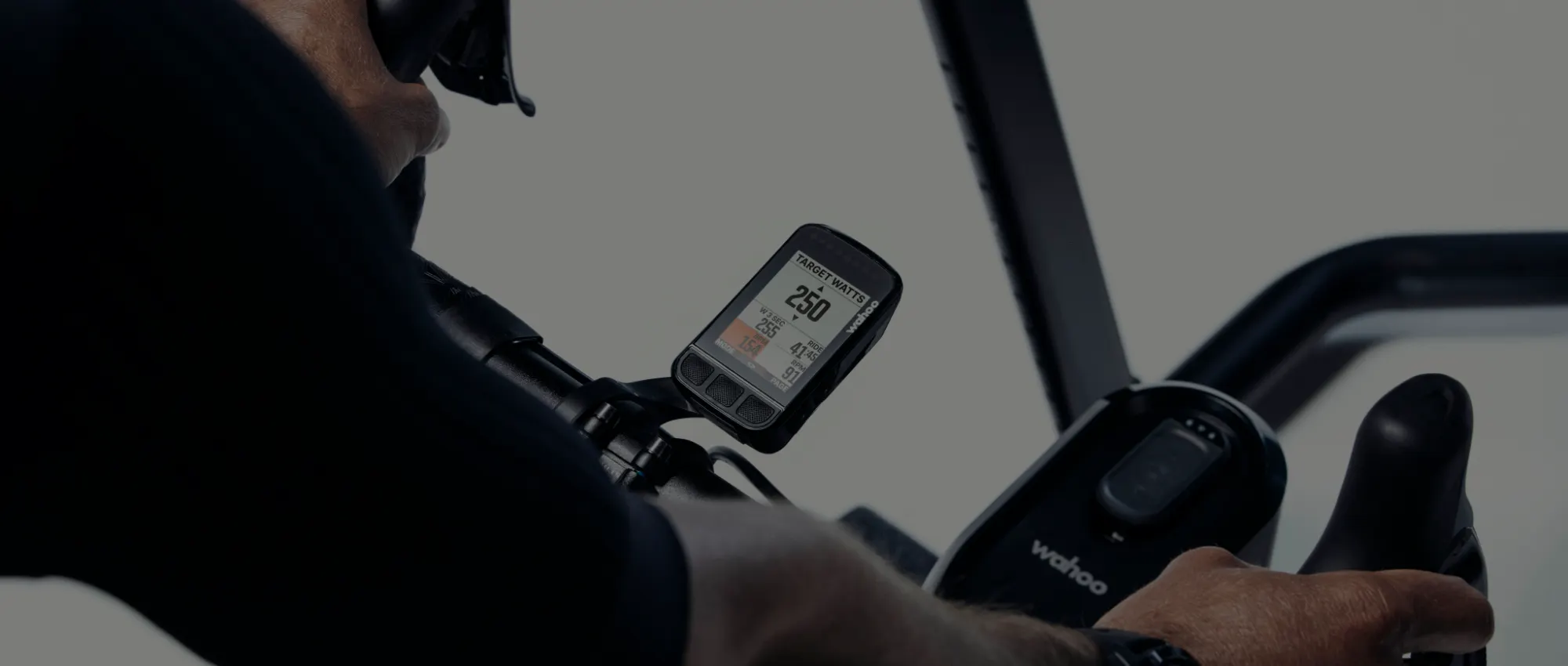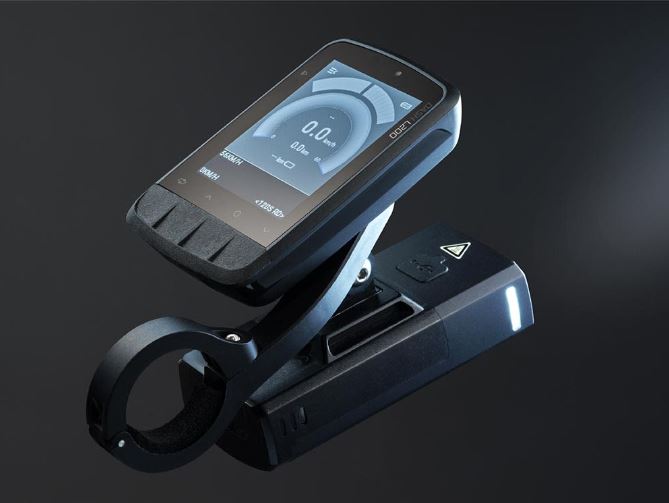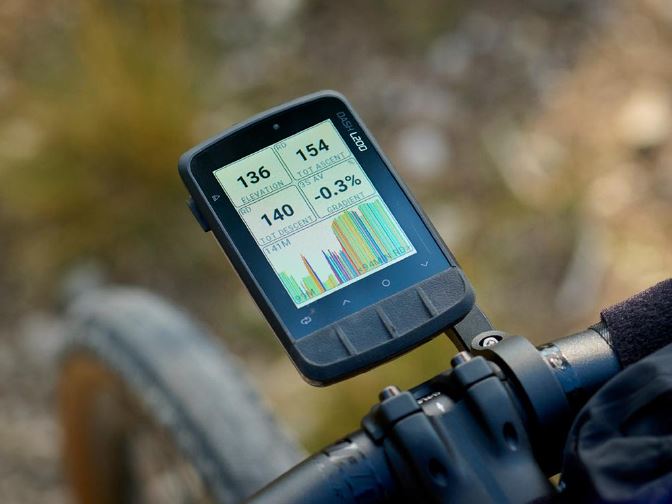Mastering Your Ride: How to Use a Bike Computer for Training
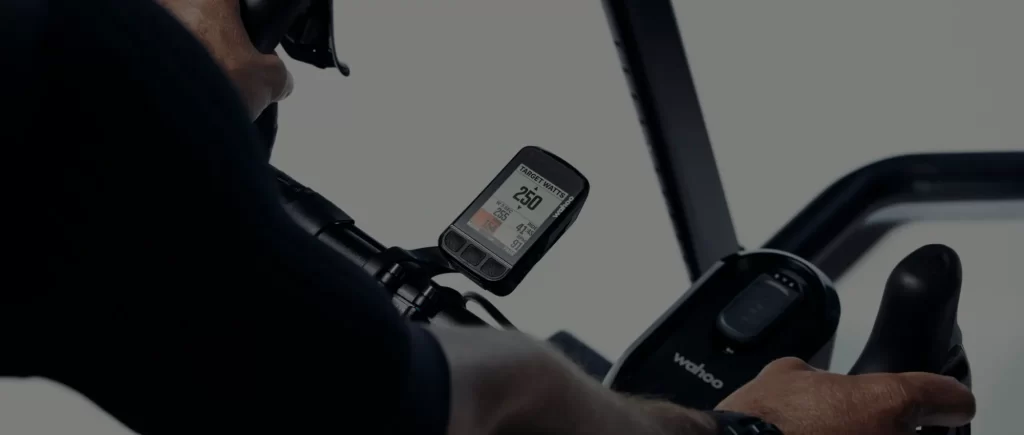
Key Point Summary of How to Use a Bike Computer for Training:
- Setup and Calibration: Properly setting up your bike computer for accurate data collection.
- Understanding Data Metrics: Learning what data points are most valuable for your training.
- Structured Workouts: Utilizing your bike computer to follow structured training plans.
- Performance Tracking: Monitoring your progress over time with historical data.
- Navigation and Exploration: Using GPS features for route planning and discovery.
In the world of cycling, whether you’re tearing through muddy trails on a mountain bike, grinding out miles on gravel, or navigating the technical turns of a cyclocross course, using a bike computer can significantly enhance your training and overall riding experience. As a masters cyclist who has navigated the learning curve of integrating technology with traditional cycling disciplines, I’ve come to appreciate the value that a bike computer brings to training, performance tracking, and navigating. Here’s a comprehensive look at how to use a bike computer to boost your training, tailored for cyclists at the beginner to mid-level experience.
Getting Started: Setup and Calibration
The first step in harnessing the full potential of your bike computer is ensuring it’s properly set up and calibrated. This involves mounting the device on your bike, usually on the handlebars or stem, where it’s easily visible during your ride. Calibration is crucial, especially for sensors like speed, cadence, and power meters, to ensure the data collected is accurate. Most bike computers will guide you through a setup process where you enter details such as wheel size, weight, and personal metrics, which are used to personalize data calculations.

Understanding Data Metrics
Bike computers can display a wide range of data, from basic metrics like speed, distance, and time, to more advanced figures such as heart rate, cadence, power output, and elevation gain. Understanding these metrics is key to leveraging your bike computer effectively for training. For instance, monitoring heart rate and power output can help you train at the right intensity levels for specific workouts, ensuring you’re not overtraining or undertraining.
Structured Workouts
Many modern bike computers offer the capability to follow structured workouts directly from the device. You can preload training plans that detail specific intervals of effort, measured by heart rate, power, or perceived exertion, and your bike computer will guide you through the workout, notifying you when to push harder or recover. This feature is incredibly useful for maintaining discipline in your training regimen and achieving specific fitness goals.
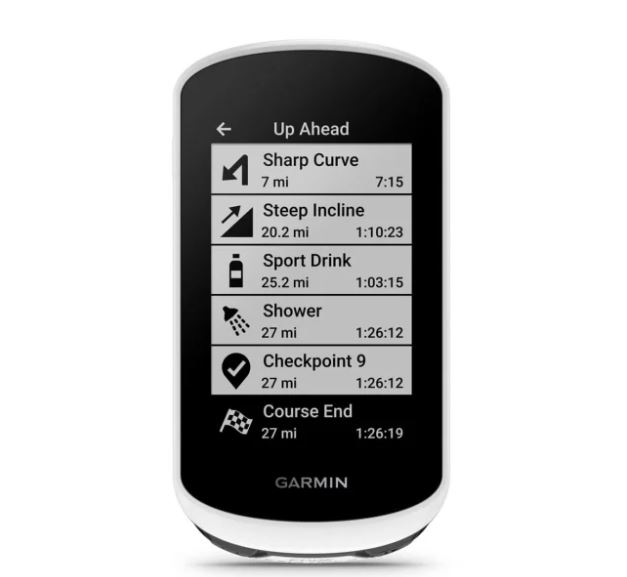
Performance Tracking
One of the most valuable aspects of using a bike computer is the ability to track your performance over time. By regularly reviewing data from your rides, you can see patterns of improvement, such as increases in average speed, power outputs, or endurance capabilities. This historical data becomes a motivational tool, showing you tangible evidence of your progress and highlighting areas that may need more focus in your training.
Navigation and Exploration
For cyclists who love to explore new routes or need guidance on long rides, the GPS navigation features found in many bike computers can be a game-changer. You can download or create routes and get turn-by-turn directions, helping you discover new trails or roads without the fear of getting lost. Additionally, some bike computers offer breadcrumb tracking, allowing you to venture off the beaten path with the confidence of finding your way back.
Personal Insights and Tips
Throughout my cycling journey, my bike computer has become an indispensable tool. It’s not just about the data; it’s about how you use that data to inform and adjust your training. For example, after noticing a plateau in my power output during interval training, I adjusted my training plan to include more recovery rides, which ultimately led to improvements in both power and endurance.
Additionally, the exploration capabilities of my bike computer have allowed me to find and map out new training routes that have kept my riding experience fresh and challenging. The ability to preload routes and explore with confidence has opened up a whole new dimension to my training, making each ride an adventure.

In Conclusion
Incorporating a bike computer into your training isn’t just about keeping up with technology; it’s about enhancing your training efficiency, tracking your progress, and expanding your cycling horizons. Whether you’re a beginner looking to take your training to the next level or a mid-level cyclist aiming to refine your performance, a bike computer offers a suite of features designed to support your goals. By understanding and utilizing these tools, you can unlock new potentials in your cycling capabilities, making every ride a step towards becoming a stronger, more efficient cyclist.
Two bike computers stood out for their advanced features, reliability, and positive user feedback, catering to a wide range of cyclists from beginners to seasoned professionals. Here are the top picks:
1. Garmin Edge 1030 Plus
- Why It Stands Out: The Garmin Edge 1030 Plus is the pinnacle of cycling computers, offering a comprehensive set of features that cater to serious cyclists and professionals. Its large, 3.5-inch color touchscreen is easy to read under any conditions, and the device provides detailed navigation, extensive training insights, and compatibility with a vast array of sensors, including power meters, heart rate monitors, and more.
- Key Features: Advanced navigation with turn-by-turn directions, off-course recalculation, and back-to-start routing. It includes dynamic performance monitoring tools like VO2 max, recovery advisor, training load focus, and more. The Edge 1030 Plus also supports Garmin’s Cycle Map, Strava Live Segments, and the ability to create structured workouts directly on the device.
2. Wahoo ELEMNT ROAM
- Why It Stands Out: Wahoo’s ELEMNT ROAM is prized for its ease of use, seamless smartphone integration, and clear, crisp display. The ROAM focuses on delivering a user-friendly experience with its straightforward setup process via the Wahoo companion app and its smart navigation features. It’s a robust choice for cyclists who want reliable data and navigation without the complexity often associated with high-end cycling computers.
- Key Features: A color display that’s easy to see in any light conditions, on-device navigation with automatic rerouting, and turn-by-turn navigation. It’s fully integrated with popular platforms like Strava, Komoot, and Ride With GPS for easy route imports and live tracking features. The ELEMNT ROAM also excels in battery life, boasting up to 17 hours of continuous use.
Both the Garmin Edge 1030 Plus and Wahoo ELEMNT ROAM offer a range of features designed to enhance your cycling experience, from detailed performance analytics to sophisticated navigation. The best choice depends on your specific needs, preferences for device interaction (touchscreen vs. button control), and how deeply you wish to dive into data analysis and training metrics.
FAQ
Can you use a bike computer on a trainer?
Yes, many bike computers can be used on a trainer, especially if they connect to sensors via ANT+ or Bluetooth, allowing you to track speed, cadence, power, and other metrics indoors.
How does a cycling computer work?
A cycling computer works by using GPS and/or sensors (such as speed, cadence, and power sensors) to collect data about your ride. It processes this data to provide real-time information on speed, distance, time, elevation, and more, displayed on the device’s screen.
Are bike computers worth it?
Yes, for serious cyclists or those looking to improve their performance, bike computers are worth it. They provide valuable data for tracking progress, navigating routes, and training more effectively. For casual riders, basic models or a smartphone might suffice.
Can I use my smartphone as a bike computer?
Yes, you can use your smartphone as a bike computer by installing cycling apps that track ride metrics. While not as durable or specialized as dedicated bike computers, smartphones paired with appropriate mounts and sensors can serve as a good starting point.
